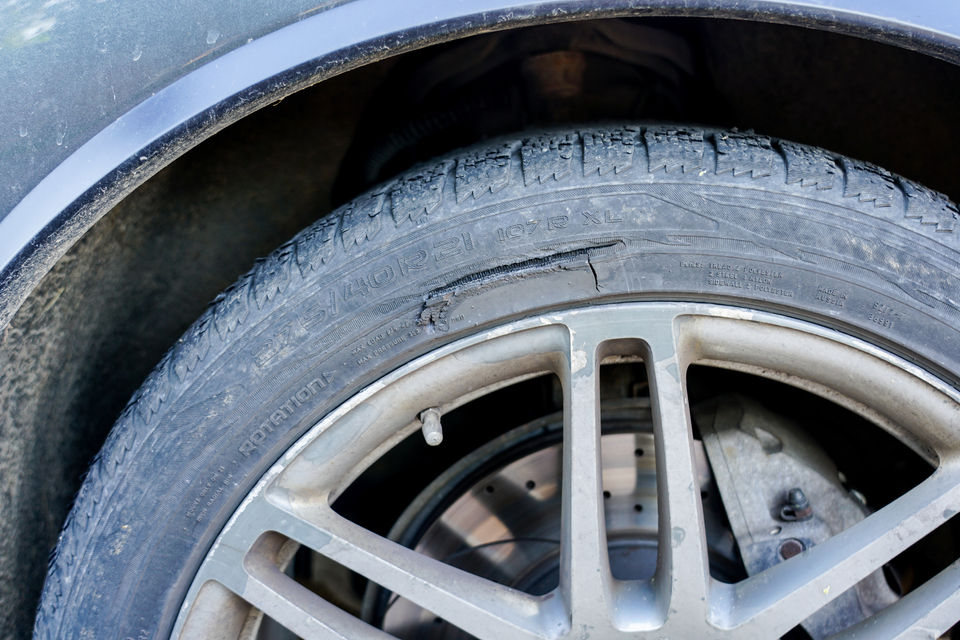
Tyre Damage From Hitting A Curb - How Bad Is It?
Have you ever heard that unsettling thud when one of your car tyres collides with a curb?
It’s happened to all of us at some point, often leaving us wondering about the consequences for our tyres.
In this article, learn about the various types of damage that a tyre can sustain from hitting a curb and explore how serious it can be.
Types Of Tyre Damage From Hitting A Curb
Sidewall Damage
One of the most concerning outcomes of hitting a curb is sidewall damage.
The sidewall of a tyre is its most vulnerable side, and impact with a curb can lead to cuts, bulges, and even punctures. These issues compromise the structural integrity of the tyre, making it unsafe for continued use.
Tread Damage
The tread of a tyre is responsible for providing traction and grip on the road.
Hitting a curb can cause uneven wear or tears in the tread pattern, reducing its effectiveness. This not only affects your car’s handling and braking performance but also increases the risk of hydroplaning in wet conditions.
Rim Damage
When a tyre collides with a curb, the impact doesn’t just affect the rubber; it can also damage the rim.
A bent or cracked rim can lead to issues like air leakage and an imbalanced ride. Even minor damage can disrupt the seal between the tyre and the rim, causing slow air loss over time.
How Serious Is It For The Tyre?
The severity of the damage largely depends on the force of impact and the speed at which you hit the curb. Minor contact might result in superficial scuffs and scratches, while a more forceful collision can lead to the types of damage mentioned above.
Even seemingly minor damage can compromise the tyre’s performance and safety, so it’s best not to underestimate the potential consequences.
What To Do If You Hit A Curb
- Assess the Damage: After hitting a curb, pull over to a safe location and inspect your tyre for visible damage. Look for cuts, bulges, or any abnormalities on the sidewall and tread.
- Check Air Pressure: Monitor your tyre’s air pressure. If you notice a significant drop, it could indicate hidden damage.
- Consider Alignment: Hitting a curb can knock your car’s wheels out of alignment, leading to uneven tyre wear and poor handling. Get your alignment checked if you experience steering issues.
- Visit a Professional: If you suspect any damage, visit a tyre specialist. They can conduct a thorough examination and determine whether the tyre needs repair or replacement.
Conclusion
Hitting a curb might seem like a minor mishap, but the resulting tyre damage can have far-reaching consequences.
Remember, even if the damage appears small, it’s always better to be cautious and proactive. Your tyres will thank you for it in the long run!

Louis
I'm Louis, an engineer passionate about helping Australians choose better tyres for their vehicles!
